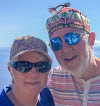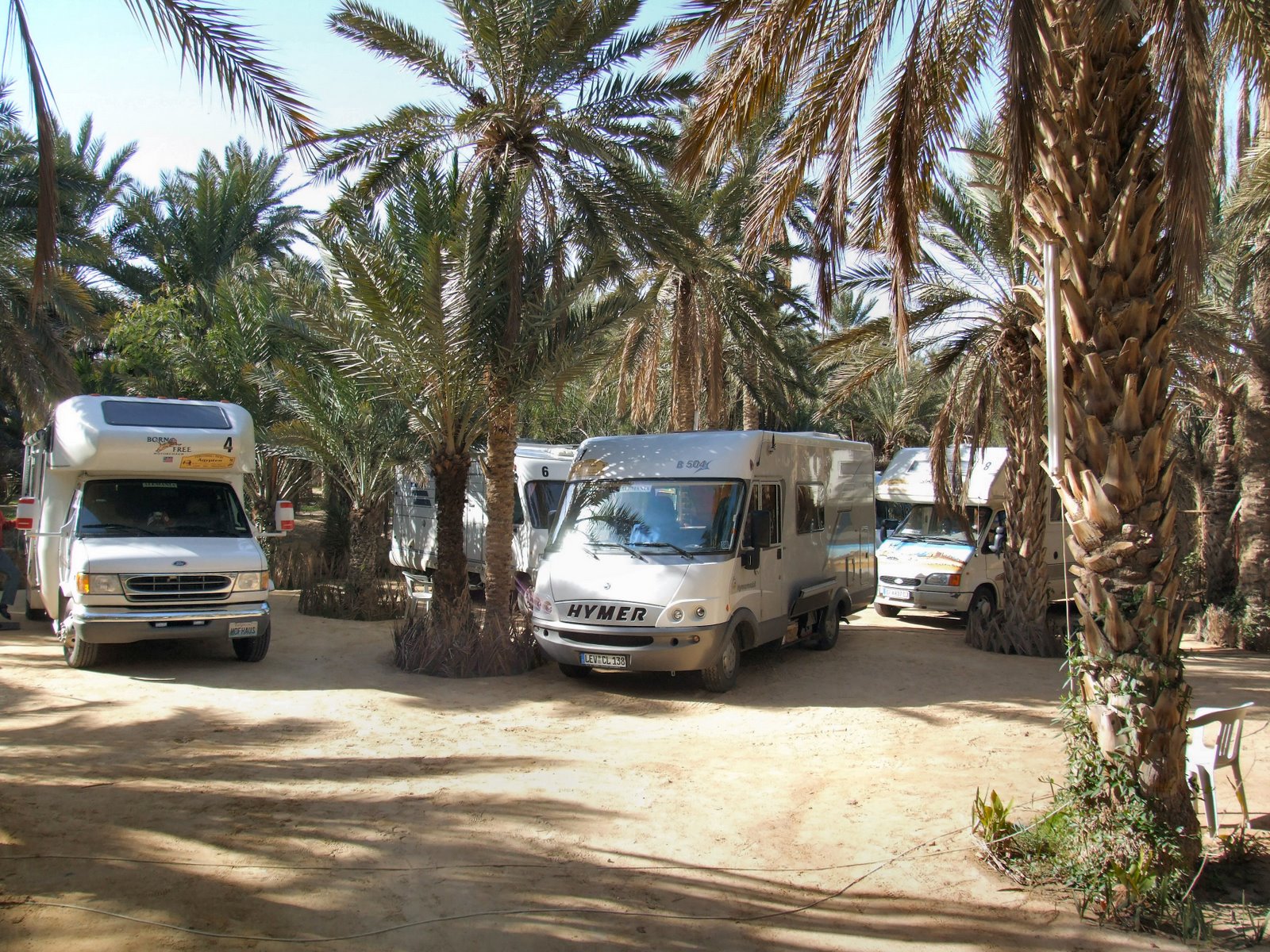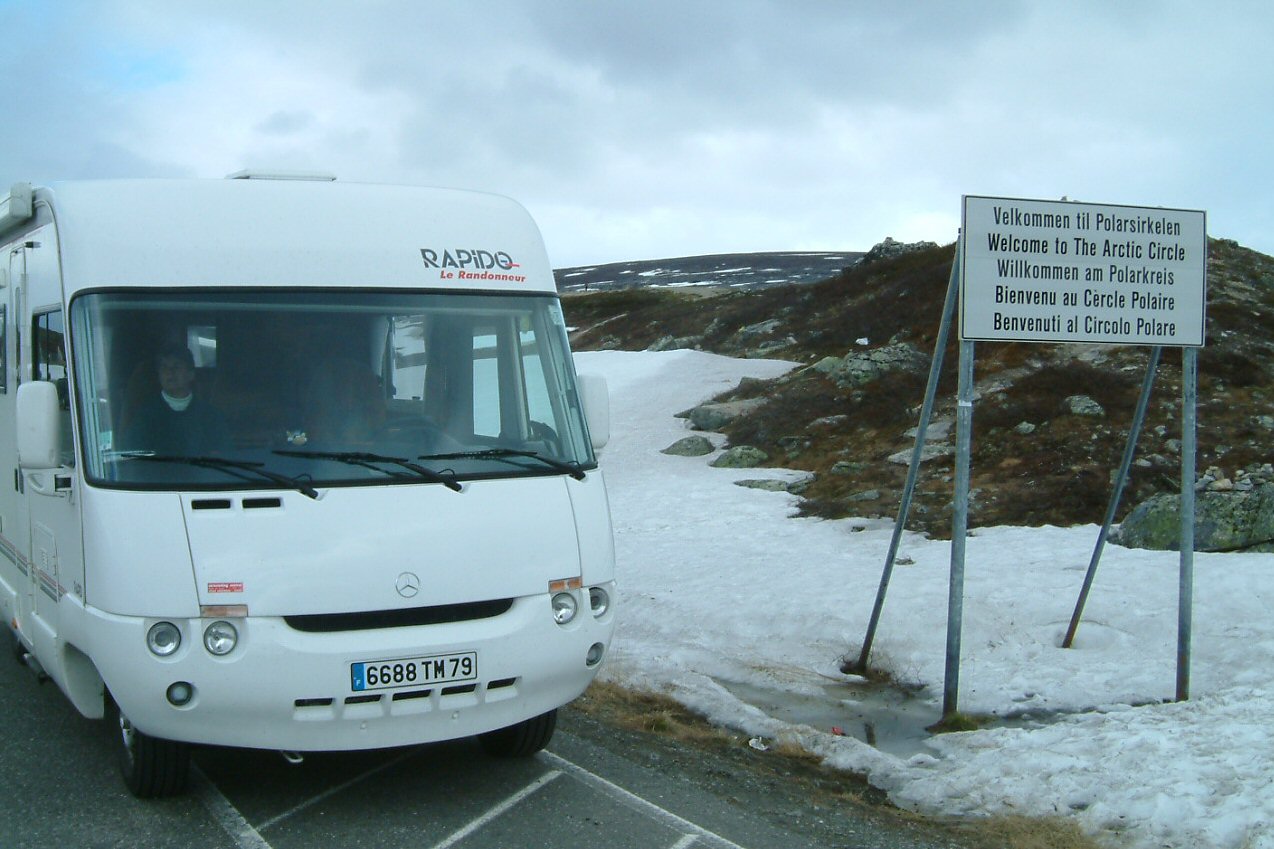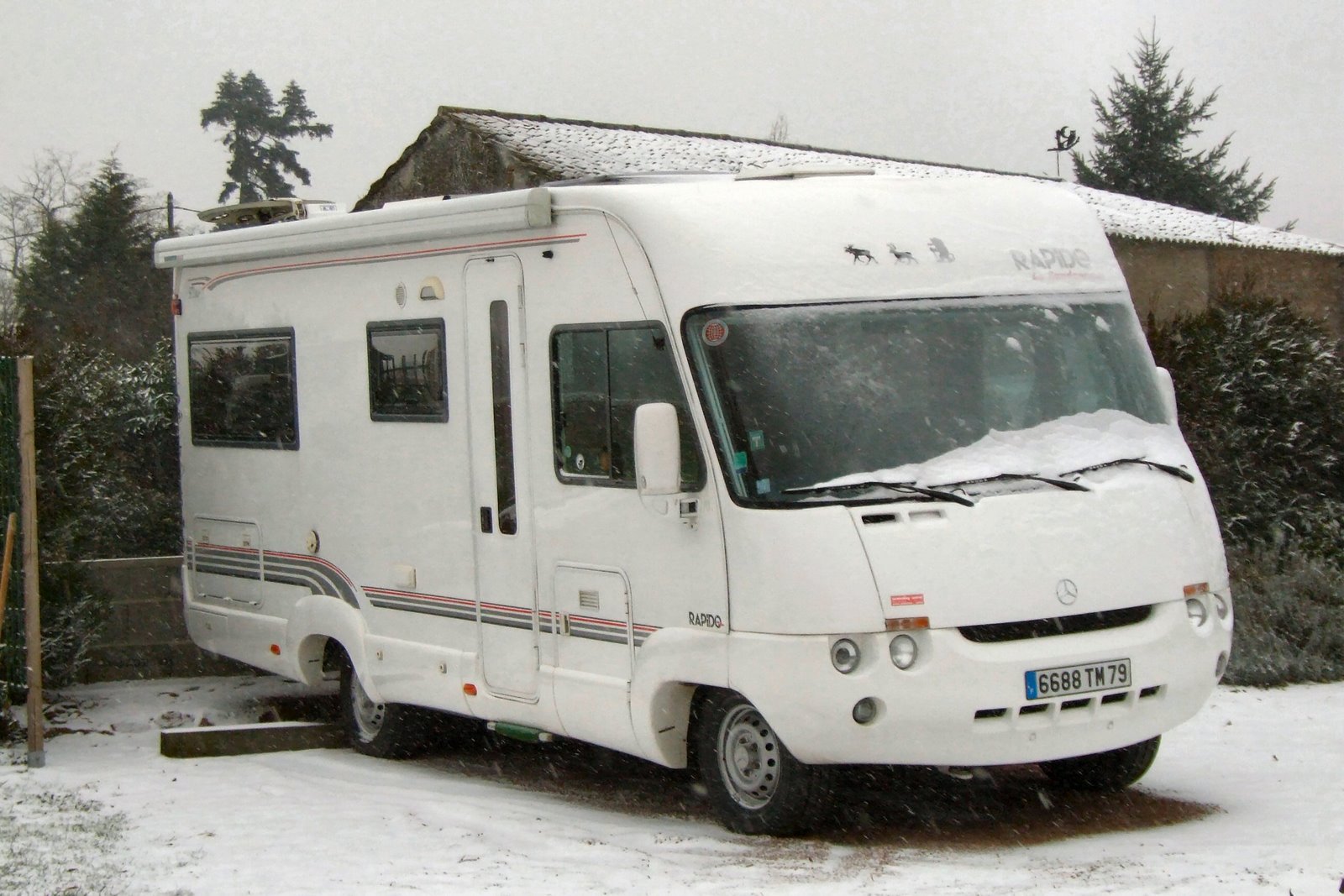Part 2 of our Journey
Entry into Egypt could at best be described as boring. We spent many hours in a variety of windswept compounds completing all the necessary formalities. Departure from Libya took only 90 minutes and involved returning the Libyan number plates and ensuring the carnet de passage was correctly stamped recording our departure. On the Egyptian side we had to get Egyptian number plates, driving licence (in Arabic of course and showing the new registration number), passport stamps and carnet de passage duly recorded.
There was an interesting interval when they needed to see the chassis number on the vehicle; fortunately they knew exactly where it was so a quick turn of the front wheels duly exposed the number. Then they needed to see the engine number, neither we nor they knew where that was so a length of wire was strung around the engine and sealed with an official lead seal duly stamped. We assumed this was to ensure we did not sell the engine whilst in Egypt. We were told that there would be big problems if this wire was cut or damaged, however when the next official arrived he realised that all engines in the convoy had been sealed with the same number so he gave up that exercise, we still have the wire wrapped around the engine as a souvenir.
Having fitted the new plates and duly armed with our new Egyptian driving licence and our correctly stamped passport and carnet we entered Egypt after about 6 hours complete with a police escort of two policemen and four armed soldiers. Entry fees totalled 263.50 E£ (£26) and our escort took us to our first camping place near Sidi Barani which was on the parking lot at the rear of a Tamoil service station. Not the best site for our first night in the Land of the Pharaohs but the small restaurant did serve a tasty meal.
Our armed escort spent the night in the same place and we were soon to get used to having them around even though the personalities changed daily the old blue Chevrolet pick-up was never going to be far away. We spent 30 magical days touring around Egypt and would have stayed longer but we were told a fee of at least 100€ would be pay be payable for each day over 30. On the plus side diesel was readily available at about 0.62 E£ per litre so filling cost only about 4.30€ (£2.75).
On the first day our lunch stop saw us at Marsa Matruh on the Mediterranean coast and we had the opportunity to shop to our hearts content in the various small shops and enjoy a hot meat pie baked by the friendly local butcher. The afternoon saw us continue our journey across the flat, barren landscape to El Alamein. There were few cars on the road and the roads themselves were reasonable once you allow for the continuous potholes and speed bumps. Having visited the Italian War Memorial we camped that night at the German War Memorial where the local Bedouin in charge gave us water and electricity. The following morning we spent a couple of hours at the El Alamein Museum and the Commonwealth War Cemetery before joining the new toll motorway towards Cairo. An overnight diversion into the Qattara Depression, some 40 metres below sea level, enabled us to spend the night at Wadi Natrun alongside a Coptic Monastery, where we enjoyed a fascinating guided tour conducted by one of the monks.
The next morning was interesting, our police escort vehicle had a flat tyre and they had no spare or the means to remove the wheel, it also had water pouring out of the radiator but that was the least of their problems. With our group’s help the wheel was removed and the vehicle left on a jack. Clearly they were not going to be with us for a while, so we continued our journey to Cairo but it was not long before another escort vehicle came alongside. Just before Cairo and having paid the 4E£ (£0.40) toll we thought we had seen our first mirage a large Carrefour supermarket! But there it was and 2 hours saw us replenish our stock cupboard which was getting a little bare after 7 weeks of travelling.
The second mirage was to follow quite soon, as we entered Greater Cairo and trying to get around a chaotic roundabout there on our right was the Pyramid of Kheops, unbelievable and a tantalising glimpse of what was to follow over the next few days. Not wishing to oversell themselves our campsite was described as “alongside a polluted open sewer and infested by rats and wild dogs”; here we were to spend the next 5 nights. Still it could have been worse and life was just about tolerable even if the mosquitoes did bite with a vengeance. Over the next few days we would spend hours at the Cairo Museum, the Pyramids and the Sphinx, the stepped Pyramids at Saqqara, the Cairo Citadel and at the Son et Lumiere at Giza. Hopefully my photos at flickr.com will go someway to adequately convey the awe and wonder of these great sites.
With some sadness, and itching bites, we said goodbye to Cairo and headed out into the western desert for the next 5 days. The western desert came as a sharp contrast to the chaos of Cairo, firstly there was little or no traffic and the roads got progressively worse; more bumps, more potholes and less tarmac. The other contrast was our permanent police escort did not follow us and we were left to our own devices. Firstly the desert was scrubland at times, and especially near any settlement, strewn with rubbish. The predominate flower of the desert here was the plastic bag, black, white and sometimes stripped blue; they stuck to anything and everything. To our right on our southern journey lay the great sand sea and slowly any sign of vegetation disappeared and rock and sand formed the entire landscape. After 250 miles we reached the Oasis Bahariya and camped at Ahmed’s Safari camp, fortunately it had showers and shade which had come to be the most important luxuries. We had gone past the stage of looking for good toilets and used our on-board Thetford all the time, and always found somewhere to empty the contents even if at times it was to fertilise a small piece of the desert. Our Zog was an essential piece of kit since it obviated the need for chemicals and thus we did not pollute the environment.
After a short drive, the next day, we were in the black desert, then the crystal desert, and finally the white desert, where we ventured off road and camped wild. The desert sunset was quite spectacular as was the clear black sky that revealed the universe in all its glory. Wild camping off road is not without risk, we followed some local guides to a safe spot and apart from generating clouds of white sand we were fortunate not to have any problems. The following days would see us at Oasis Dakhla and Oasis Kharga where our night’s campsite varied from a Bedouin settlement to the car park of a 2000 year old burial ground.
In every village you go, no matter how quiet it appears, if we stop there is soon a gaggle of youngsters all asking our name and where we are from? In one village we stopped for some fruit and as always the children arrived, one boy aged about 10 years old had a smart fairly new bike and we asked him his name. “Mohammed” he said in reply and he asked if we wanted to buy any of his souvenirs, mainly hand made baskets etc. As we were looking a young girl about 4 years old arrived with a nice basket. We asked the price and she looked at Mohammed, “Ten” he said. So I asked her and she said “Hamsa”, that’s the Arabic for five. She followed me to our camper and I paid her ten after all, she then went back down the road and gave Mohammed the money. I think that young man will go places.
The real delight for me came the as we were crossing the desert towards Oasis Kharga, a solar eclipse. Perfect in Libya but 90% where we were and we stopped at a small desert café to enjoy the spectacle. The locals seemed totally disinterested but the local children soon gathered. We showed them the eclipse through out special glasses and they soon disappeared. But they quickly returned with school books and showed us the moon titled in Arabic and English. Great excitement followed as they saw the eclipse progress and even the older customers got involved.
However our journey had to continue and we progressed through a series of Police and Army checkpoints, which had become a regular feature with our vehicle numbers always being recorded, towards Luxor. About 20kms out we were stopped by the police and then escorted at 80kph by them to the campsite in the town centre. Every side road and bridge was blocked by local militia ( a sort of Arab Dad’s Army armed with rifles) and locals just stood and watched as we sped towards the magical city of ancient Thebes. Here we camped in walking distance of the Karnak and Luxor Temples in a small “campsite” which was really the bricked enclosure in front of a cheap hotel. However it had water, showers and a bar/restaurant so all was not bad. Our sightseeing included the Temples, the Valley of the Kings and the Temple of Hatshepsut plus the chance to visit the other local museums.
After two exhausting days our journey was to continue to Aswan. But now the convoys were under much stricter police control. Every tourist vehicle, minibus, coach or camper had to be in a certain place by 7.45 to join the 8am convoy. Lots of police/army vehicles would now accompany us at 90kph the whole way (130m) to Aswan. We were allowed a short diversion into Edfu, to see the Horus Temple but only with police presence and prior approval. In Aswan, and anywhere nearby, you are not allowed to sleep in you mobile home, so we stayed in a hotel with our vans parked outside. Here like many other places on this trip we made sure we ticked off another few visits from “1000 things to see before you die” by having drinks on the terrace of the Old Cataract Hotel, where Agatha Christie wrote Death on the Nile. Inevitably we also visited the Aswan Dams, the Temple of Isis and had a Felucca trip on the Nile in addition to enjoying the luxuries of a modern hotel, including getting all our laundry done.
Another tourist convoy took us south of the Tropic of Cancer to Abu Simbel (200m). Camped overlooking Lake Nasser we had ample opportunity to visit the Temple of Ramses II and see the sound and light show in the evening. But the following day saw us crossing again the same blank desert landscape in police convoy to Aswan where our hotel awaited us for a second brief stay. The following day the police convoy which included about 15 coaches and countless minibuses and taxis escorted us back to Luxor and our familiar brick compound. After a nights rest we were really looking forward to another tourist convoy, this time it took us to Port Safaga on the Red Sea coast, a distance of 270 miles, and was probably the longest convoy yet. About half way the whole thing stopped at a desert café, where all the coach and minibus passengers piled into a small coffee shop. Fortunately we could brew our own and enjoy a quiet few minutes before the mad rush started again.
In Port Safaga, having duly filled up with diesel, we stopped at a small campsite situated right on the beach. After a days rest we felt fit to face the journey north to Suez, once again without police escort. This trip was going to prove to be the start of a series of problems faced by some of our fellow travellers. By mid morning one of the Fiat based vehicles had broken down, dirty diesel was the diagnosis and emptying the fuel tank and cleaning the diesel pump only offered a temporary cure. We all eventually arrived in Suez and stayed in the town centre camped in the garden of the Youth Hostel.
The following morning we went through the tunnel under the Suez Canal and left Africa and entered Asia and the Sinai. Our trip through Egypt was beginning to come to an end since we had to leave on day 30 at all costs. After a stay in Sharm el Sheik we headed towards St Katherine’s Monastery and Mount Sinai, but on the way we stopped for lunch at Dahab. Dahab was to be the location of a serious terrorist attack a few days later in which many people were killed or injured.
Our campsite near St Katherine’s was the local football pitch, which put paid to a local match, but again another Fiat based vehicle suffered from dirty diesel and was left with another vehicle in the baking Sinai desert. Trying to tow a 3500kg vehicle even with a bigger motorhome was not going to be easy and was abandoned when the tow vehicle constantly overheated. As we prepared to leave St Katherine’s the next morning the “broken down” vehicle appeared having had its diesel pumped cleaned and another electrical problem resolved. The tourist police were helpful but this camper faced a long and lonely night in the desert if it was not for the assistance offered by one of our group. We heard a few days later of a lone Dutch motorhomer who was found in the same place who, having stopped, died sat at the wheel.
To leave Egypt we had to get to the Port of Nuweiba to catch the ferry to Aqaba in Jordan. The short land journey is not possible since it means entering Israel and we would then be prohibited from entering Syria. After a day on the beach we duly presented ourselves at the port on our 30th day in this magnificent country. Of course we needed about 3 hours to clear all the formalities before boarding the recycled Danish ferry. We had to return our Egyptian number plates and driving licence, and most important get our carnet de passage stamped recording our departure. They did insist on checking our chassis numbers again but no one came to inspect the wire around the engine, so I could have sold my engine after all! That wire and the small lead seal will be one of enduring memories of this fascinating journey and our entry into Jordan, some 9 hours later, will be in the third and final part of our story.









